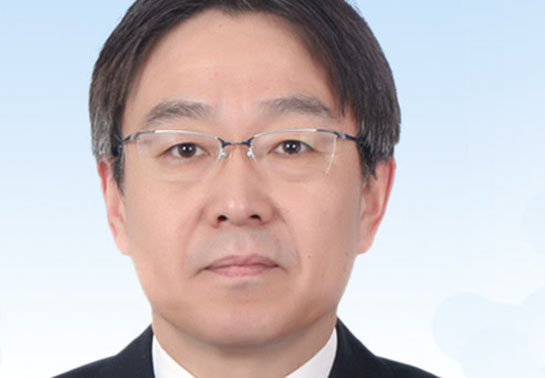
Jie Gao, researcher of the High Energy Physics of Beijing, presents in the Scientific Park the details of what will be the biggest particle accelerator in the world: the CEPC. Electrons and positrons will collide in this machine, which is 100km wide, in order to study the composition of matter and the properties of the Higgs boson. This presentation will take place on Thursday within the frameworks of Severo Ochoa symposia organised by the IFIC.
China wants to become the primary actor in particle physics as it already is in other scientific disciplines. Because of this, it has just presented the project to build what will be the largest particle accelerator in the world, the CEPC. Electrons and positrons will collide in this 100 km wide machine and matter and the properties of the Higgs boson will be studied. In fact, the Higgs boson was discovered in The Large Hadron Collider (LHC). One of the leaders of the project, Jie Gao, will present the details of the Chinese accelerator in a new Severo Ochoa symposium organised by the Corpuscular Physics Institute (IFIC, CSIC-Universitat de València) on Thursday November 29.
CEPC stands for Circular Electron Positron Collider, a star project of the Chinese Science Academy to place the Asian country in the first line of experimental research in particle physics. A report on the main concepts of this design was presented in mid-November. This particle accelerator, which would be the major experiment built on Earth, is a circular underground infrastructure of almost 100 km. In its interior, electrons and positrons will travel accelerated at almost the speed of light and they will collide in two points.
The energy of the collisions will be much inferior to the ones accomplished by the LHC, the accelerator working at CERN in Geneva, Switzerland, the 27 km wide, most powerful one build to date. Therefore, the Chinese accelerator is presented as an “accuracy machine”, expected to obtain a million Higgs bosons, the LHC discovered particle which solves the enigma of the origin of the matter of elemental particles. In addition, the CEPC aims to carry out precise verification of the Stander Model, the theory that describes these particles and their interactions, as well as to track down possible indication of “new physics” outside this model.
Jie Gao, researcher of the High Energy Physics Institute (IHEP) of Beijing and one of the leaders of the design of the CEPC will pay special attention to the input of the Chinese Science Academy in the project, both in the R+D phase, predicted for the next decade, as in the economic aspects and human resources needed to carry out a similar experiment. If they are approved, the CEPC accelerator will be built in the proximities of Beijing and it would begin functioning during the first year of the 2030 decade.
This is very interesting so as to draw particles physics’ future for upcoming decades. In the aftermath of the LHC and the High Luminosity LHC (HL-LHC), reassured until mid-2030, some projects have arisen for being its successors as the biggest particle accelerator in the world. The International Lineal Collider is one of the most consolidated in terms of technology and international scientific collaboration, but it is still waiting for the Japanese government decision to be built. The CERN has its own project for building another particle accelerator bigger than the LHC. The IFIC takes part in both projects.
In this context, China play a more important role, although it requires international collaboration. China has hardly generated particle physics knowledge, traditionally headed by USA, Europe and Japan. China’s biggest success was the discovery of a new feature in neutrinos on the Daya Bay experiment in 2012 so its role in experimental physics of high energies is gradually increasing. Jie Gao will also talk about the scientific collaboration model suggested by China for this significant project, expecting for more members to join it in the following years.
Severo OchoaColloquium IFIC
“The CEPC Project and Chinese Science, R & D Investment , Education and Human Resources”
Jie GAO (IHEP, Beijing, China)
Thursday 29 November at 12.30 p.m.
Assembly Hall. Cabecera Building. Science Park of the Universitat de València.
Catedrático José Beltrán Street, 2.
Links:
















